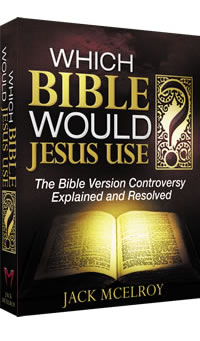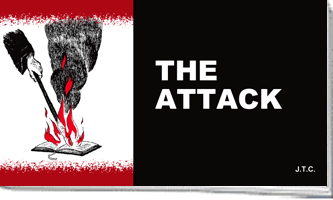Why Did the King James Translators Include the Apocrypha?

By David W Daniels
Many Christians today are surprised when they open a 1611 King James Bible and find extra books tucked between the Old and New Testaments. These writings are called the Apocrypha. The Apocrypha is not Scripture at all, but a collection of fables and man-made stories that were never inspired by God. Yet some publishers continue to include it in modern printings.
You might be surprised to learn that nearly 30% of Bible versions today contain the Apocrypha in some form. Because of this, it’s important to understand what these books are, why they sometimes appear in Bibles, and why they are not part of the Word of God.
The word Apocrypha means “hidden” or “secret.” These books were said to have been written in the time period between the Old and New Testaments, sometimes called the “400 silent years.” They include loosely-historical writings, like 1 and 2 Maccabees, as well as folk tales and add-ons to biblical books. These writings were never recognized by the Jewish people as Scripture, nor quoted by Jesus or the apostles.
During the translation work of 1604–1611, Anglican Archbishop Bancroft, an overseer of the project, ordered the Apocryphal books to be placed within the covers of the King James Bible. However, the translators refused to place them into the text of the Bible. They were kept separate. Here’s why.
The King James Translators gave seven objections to the books of the Apocrypha.
- None of them are written in Hebrew, which alone was used by the inspired historians and poets of the Old Testament.
- Not one of the writers claimed divine inspiration.
- These books were never acknowledged as sacred Scriptures by the Jewish Church and therefore were never sanctioned by our Lord.
- They were not allowed a place among the sacred books, during the first four centuries of the Christian Church.
- They contain fanciful statements and statements which contradict the canonical Scriptures and even themselves. For example, in the two Books of Maccabees, Antiochus Epiphanes is claimed to die three different deaths in three different places.
- It promotes doctrines that directly conflict with the Bible. Examples include praying for the dead and the ability to reach sinless perfection through good works.
- It teaches immoral practices such as lying, suicide, assassination, and magical incantation.
When they translated the books, the KJV translators were careful to separate the Apocrypha from the text of the Bible, putting it in a separate section between the Old and New Testaments, with each page clearly labeled, “Apocrypha.” The last page of II Maccabees, in the 1611 King James reads, “End of Apocrypha.” Then it returns to God’s inspired words in Matthew.
The King James translators were more than happy to remove the Apocrypha from printed KJVs as soon as they could. In fact, the Apocrypha ceased to be included in many printings of the Bible, starting in 1616 and continuing with the printings of ‘18, ‘20, ‘22, ‘26, ‘27, ‘29 and ‘30.[1]
I agree with the King James translators. The Apocrypha does not belong in the Bible. Rather than looking to man-made traditions or writings that confuse truth with error, we can stand confidently on the Scriptures that Jesus Himself affirmed. The Word of God is complete, perfect, and preserved for us.
We have all of God’s words to us in the 66 Books of our King James Bible, without the Apocrypha.
[1] See The Oxford Annotated Apocrypha, Expanded Edition by Bruce Metzger
(1965, 1977), p. xviii.
- See more articles on related topics:
- Bible Versions
- For Christians
- Apocrypha
- Modern Versions
Products of interest:
-

Which Bible Would Jesus Use?
342 pages
Everyone's got an opinion as to which Bible is best. If Jesus walked into your church, which Bible would He quote from? -

Attack, The
See the behind-the-scenes struggle to destroy the King James Bible, and how God preserved it.
